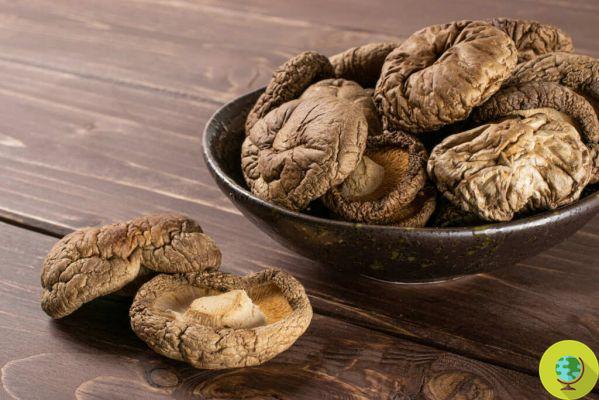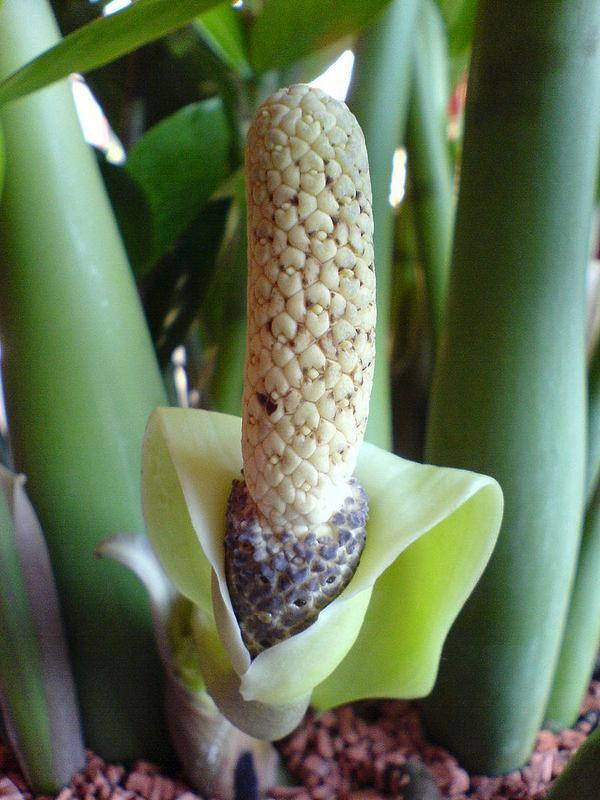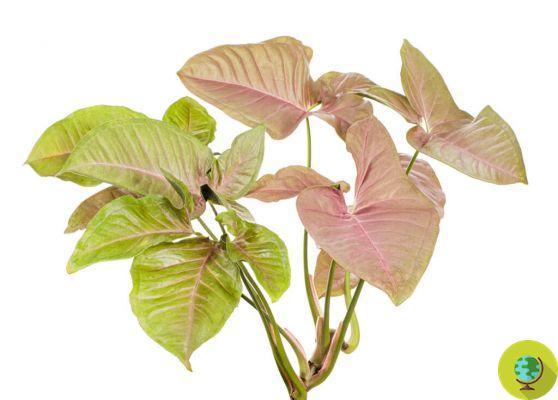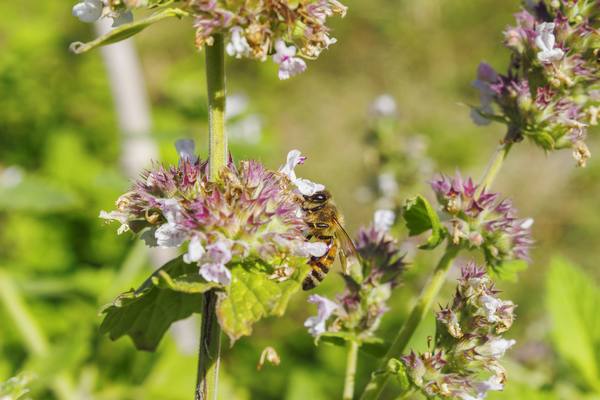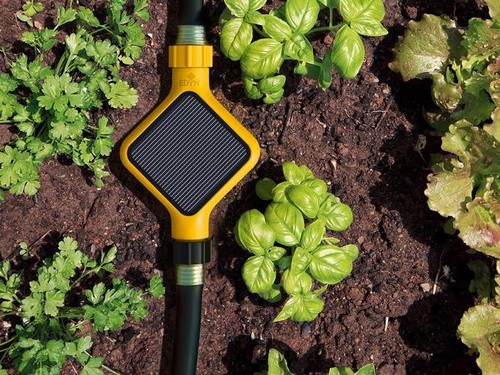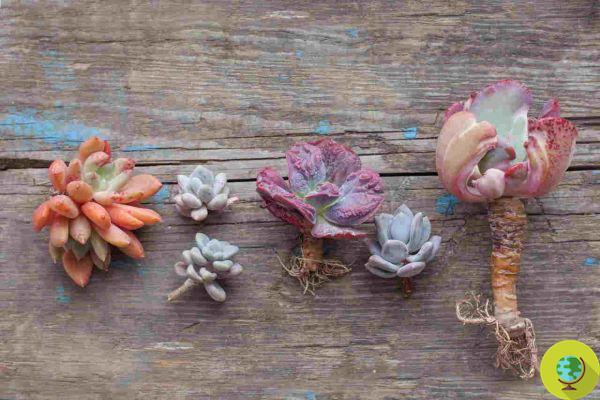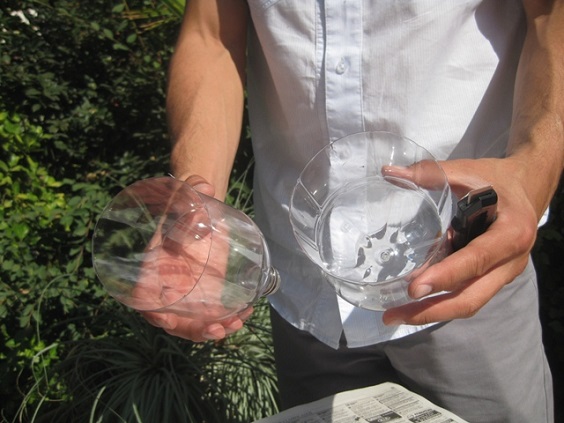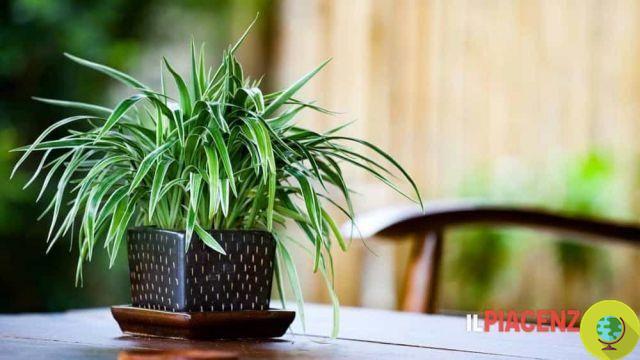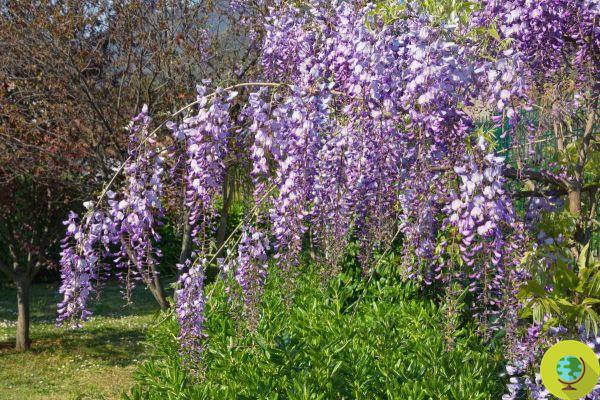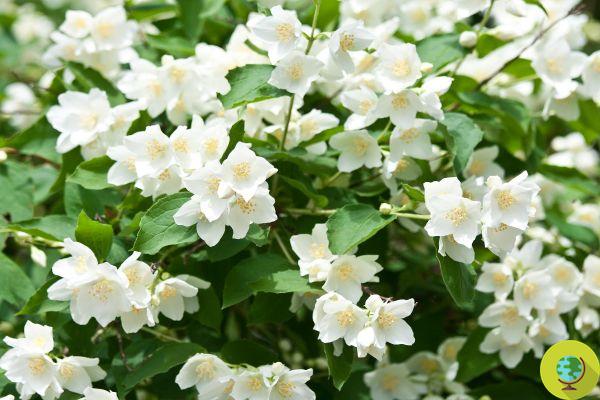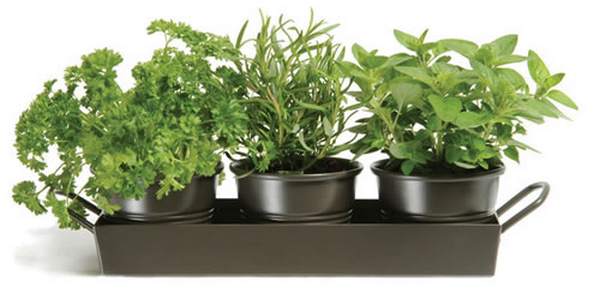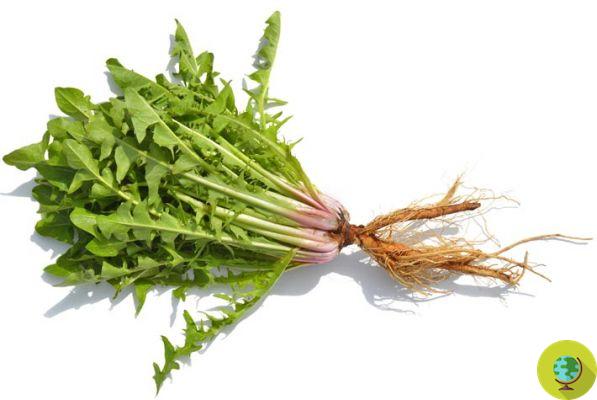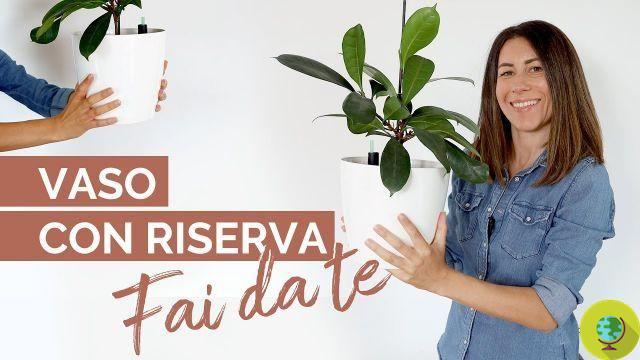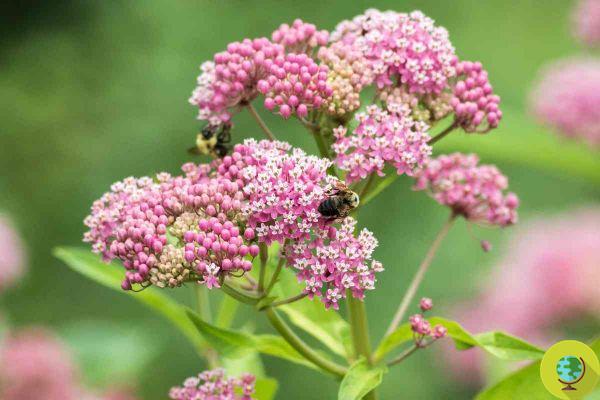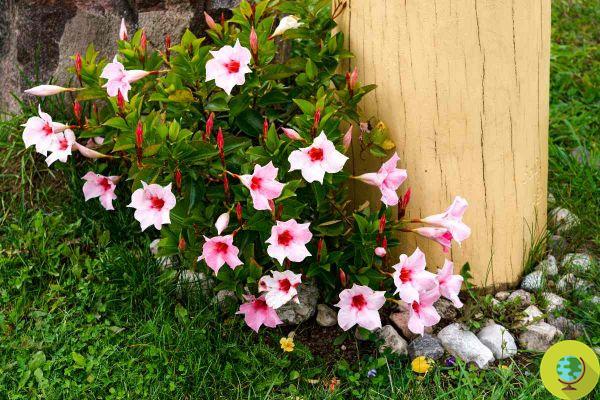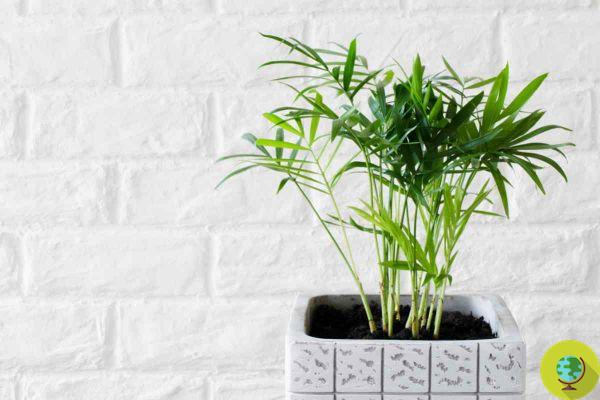Let's discover the origin and characteristics of the 'Venus flytrap', one of the most common carnivorous plants in apartments
The 'Venus flytrap' is one of the most common carnivorous plants in apartments, as well as a valuable aid in the fight against annoying insects. Let's find out the origin and characteristics of this particular plant and all the tricks to better treat it at home.
Origin of the plant and its name
The scientific name of the Venus flytrap is Dionea muscipula, another name for Venus (or Aphrodite in Greek) - an epithet that means 'daughter of Dione': the first scholars who observed her found her so pretty that they associated her with the goddess of love and beauty - evidently ignoring her danger. It is a plant of American origin (typical of North and South Carolina), but also spread in our continent as a houseplant.
It is characterized by small pairs of clear leaves with thin filaments on the outer edge that close like two arches of teeth, snapping at the slightest touch. The plant is also enriched by some buds, which in summer open into small white star-shaped flowers. As a plant carnivorous, the dionea feeds on small insects (mosquitoes and flies) which are trapped in its leaves and digested to obtain nitrogen, potassium, phosphorus, and other microelements. It is therefore a plant capable of resisting even in places hostile to vegetation, on soils completely devoid of mineral salts essential for the survival of normal plants.
What does dionaea eat?To meet its nutritional needs, Venus flytrap only needs 2-3 small bugs a month. In fact, even if the long filaments that accompany the leaves may look like teeth, the dionea does not 'chew' or swallow its prey, but it takes many days to assimilate the nutritional elements thanks to special enzymes that it manages to secrete and which slowly destroy the unfortunate prey. For insects it is a slow and painful death.
According to a US study, however, the dionea would be able to distinguish the insects 'to eat' from the pollinating ones, necessary for the reproduction of the plant itself (it is a bee of the species Augochlorella gratiosa, a beetle of the species Trichodes apivorus and a beetle of the Typocerus sinuatus species): despite their constant presence in the vicinity of the plant, these insects are not attracted to the death trap. This is because insects are attracted to flowers and not dangerous leaves, and flowers are located higher than traps. Furthermore, scientists have hypothesized that dionee emit specific chemical signals that attract pollinating insects to flowers and only those, preventing them from alighting on leaves - but this hypothesis is still under investigation.
(Read: Carnivorous plants become "vegetarian" due to pollution)
Taking care of the dionaea- Password, humidity! Like all carnivorous plants, dionea also needs a lot of water. For this reason it is good to always keep the plant moist, preferably using distilled water or rain water. It is a good idea to keep a saucer filled with water under the vase at all times to keep the humidity constant. But also be careful not to overload the plant with water: too much water will favor the proliferation of bacteria and fungi that could pose a risk to its health.
- Light, but not too much. The dionea loves the sunlight: if you have the availability of a garden or a terrace, it is good to leave the plant outdoors.Inside the apartment, however, place it in a bright place but not directly exposed to the rays Of sun.
- Beware of the dormant phase! After the end of summer, it is good to remove old leaves and traps when they start to turn black. It will look like the plant is going to die, but it isn't - it's just a long hibernation. To mimic the climatic conditions of their natural environment, in the winter months (November-February) move the plant to damp and cool places, such as cellars or garages.
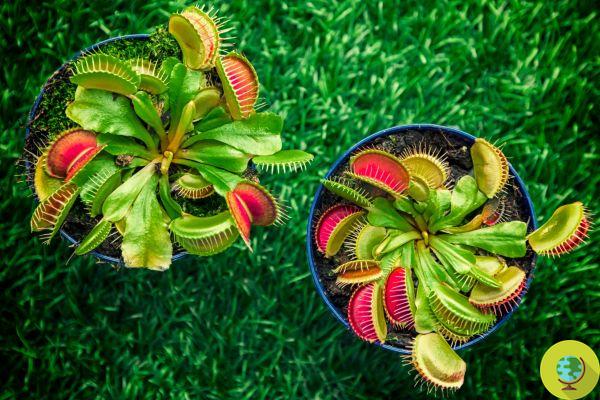
@Vitalij Sova / 123rf.com
- Take care of the plant's rebirth. In spring (starting from March) new leaves and new flowers will appear. Remove the flowers to get bigger and stronger traps and keep the soil moisture constant. If decanting, use a peaty or mossy soil.
- No to fertilizer! To feed the plant, do not use manure or chemical fertilizers but let it feed on insects. In nature, the dionea is able to attract live insects into its traps but, if this is not possible in an apartment, dead insects can also be administered to the plant (available in specialized shops) which will be carefully placed in the center of the trap.
- Active, but stress-free. Even if the curiosity to see the goddess in action is great, it is good to resist the temptation to artificially stimulate the activation of the trap - perhaps by touching it with your fingers or an object. It would be an unnecessary source of stress for the plant and a waste of energy that could lead to its weakening.
We also recommend:
- Drosera, the carnivorous plant family that seems to have rained down from space (PHOTO)
- 10 winter plants that bloom even in the cold
- Azalea: how to plant, cultivate and care for the flower of the purest joy and love
- Begonia: how to plant, grow and care for the garden superstar





